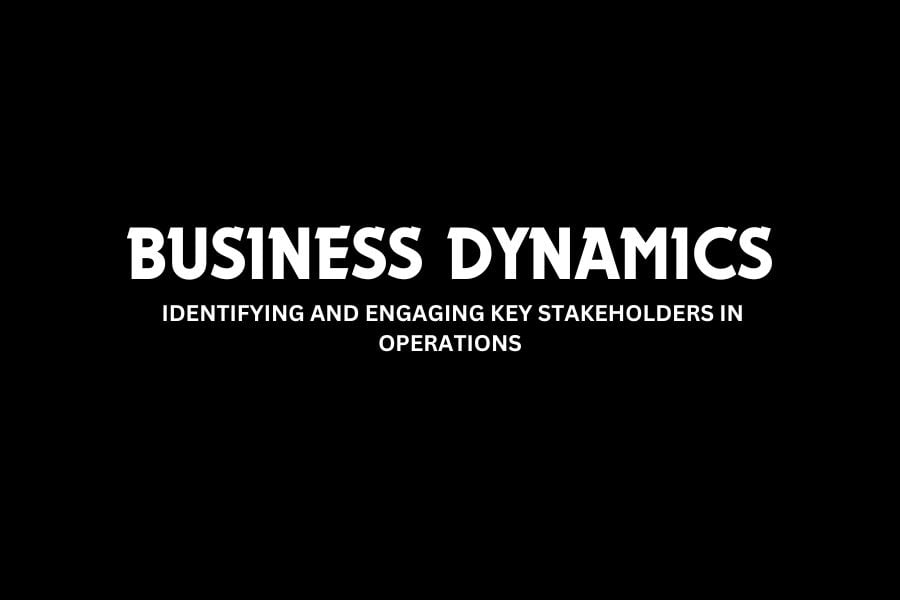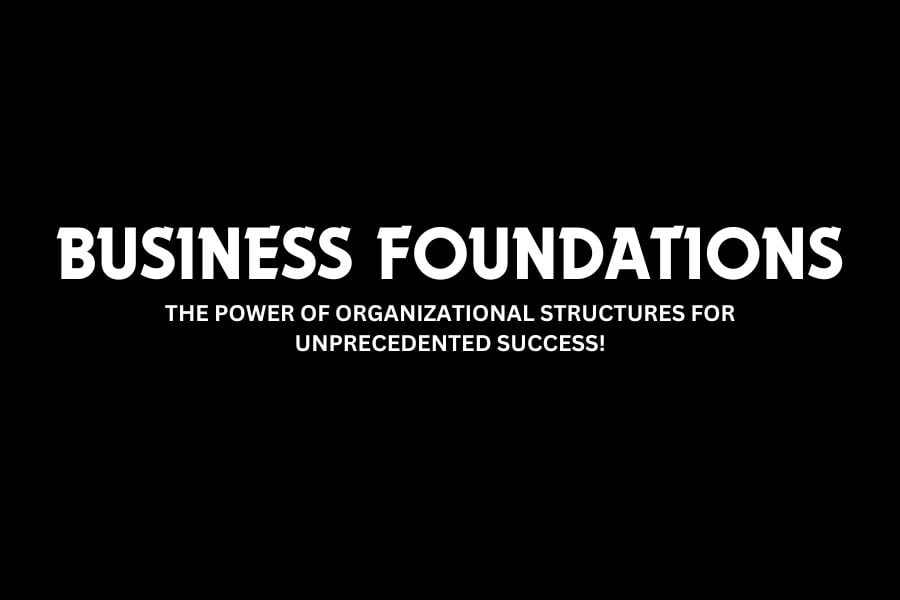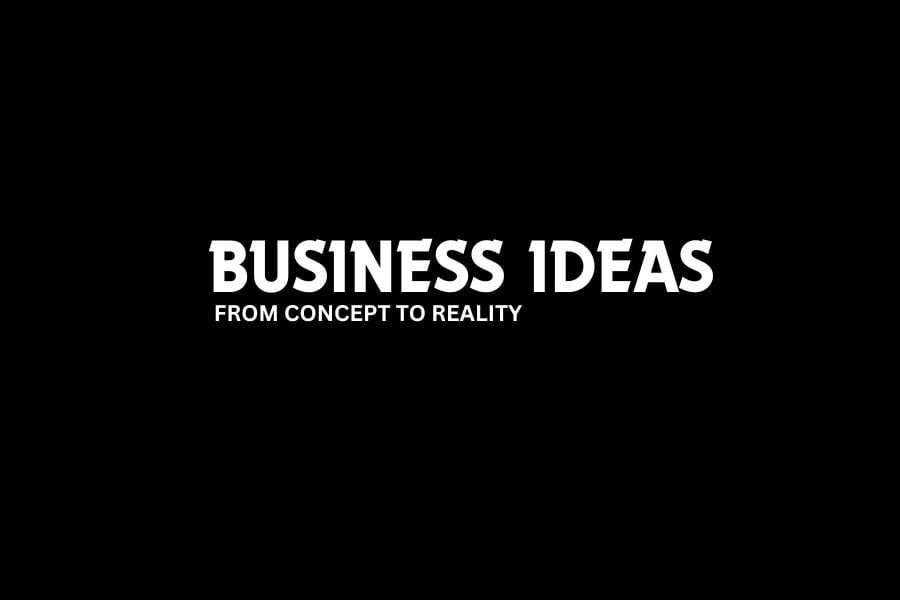Entrepreneurship and innovation serve as the bedrock of business evolution, propelling visionary ventures and reshaping industries. This guide offers an in-depth exploration of the entrepreneurial mindset, the intricate process of starting a new business, and the pivotal role of innovation in driving growth and success.

the entrepreneurial mindset and its key components:
Entrepreneurship and innovation serve as the bedrock of business evolution, propelling visionary ventures and reshaping industries. This guide offers an in-depth exploration of the entrepreneurial mindset, the intricate process of starting a new business, and the pivotal role of innovation in driving growth and success.
1. Examine the Entrepreneurial Mindset:
a. Creativity: Entrepreneurship thrives on the spark of creativity, acting as the catalyst for innovation. Visionary individuals actively cultivate a creative mindset, allowing them to perceive market gaps and envision groundbreaking solutions. This creative approach is not confined by conventional thinking; instead, it empowers entrepreneurs to transform abstract concepts into tangible offerings. By harnessing creativity, entrepreneurs pave the way for inventive products or services that resonate with consumers, laying a solid foundation for business success.
b. Resilience: At the core of entrepreneurial triumph lies resilience—the ability to bounce back and persevere in the face of challenges. The entrepreneurial journey is riddled with obstacles, ranging from financial setbacks to the unpredictable fluctuations of the market. Resilient entrepreneurs don’t view failures as roadblocks but as valuable lessons. They adapt their strategies, learning from setbacks, and persistently pursue their objectives with unwavering determination. Resilience serves as the bedrock, enabling entrepreneurs to weather storms, overcome hurdles, and ultimately achieve long-term goals.
c. Willingness to Take Calculated Risks: Entrepreneurial success involves a willingness to take risks, but strategic risk-taking sets successful entrepreneurs apart. Instead of blindly plunging into uncertainty, they meticulously assess potential pitfalls, uncertainties, and opportunities. This calculated approach is not about recklessness; it’s about making well-informed decisions that maximize potential benefits while minimizing potential downsides. This strategic risk-taking distinguishes entrepreneurs in the dynamic business landscape, involving comprehensive market research, risk mitigation strategies, and a nuanced understanding of the ever-changing entrepreneurial terrain. By navigating risks strategically, entrepreneurs position themselves for success and sustainable growth.
2. Explore the Process of Starting a New Business:
a. Ideation: Embarking on the entrepreneurial journey initiates with ideation, as entrepreneurs astutely observe market needs, identifying opportunities to introduce innovative solutions. This phase involves a profound understanding of consumer demands, market trends, and potential gaps. Entrepreneurs leverage their creativity and problem-solving skills to conceive ideas that uniquely address these needs, laying the groundwork for a distinctive and valuable business proposition.
b. Planning: The keystone for translating innovative ideas into actionable business models lies in strategic planning. Entrepreneurs immerse themselves in comprehensive planning, crafting business strategies that encompass goals, target markets, financial projections, and operational tactics. This phase demands meticulous attention to detail, as entrepreneurs meticulously map out the trajectory for their business, anticipating potential challenges and devising effective solutions. A meticulously crafted business plan becomes the guiding compass, aligning the team and resources towards the shared vision.
c. Launch: The launch phase signifies the culmination of entrepreneurial aspirations. Entrepreneurs execute carefully devised strategies, breathing life into their businesses in the market. This involves the practical implementation of the business plan, encompassing product development, marketing, and sales. The launch phase necessitates agility and adaptability as entrepreneurs navigate the intricacies of operationalizing their visions. Successful execution during this phase establishes the initial market entry and solidifies the business’s presence.
d. Challenges and Rewards: Entrepreneurship is a journey characterized by both challenges and rewards. Recognizing potential challenges, such as financial constraints and market competition, is crucial in preparing entrepreneurs for the realities they may face. Challenges may vary, from securing funding to adapting to shifting consumer preferences. Each challenge presents an opportunity for growth. By acknowledging and addressing these challenges proactively, entrepreneurs pave the way for the rewards of entrepreneurship. Rewards may manifest as business success, market recognition, and personal fulfillment, making the journey meaningful despite its inherent intricacies. Understanding and embracing this dynamic interplay of challenges and rewards is fundamental to navigating the entrepreneurial landscape with resilience and determination.
3. Understand the Role of Innovation:
a. Driving Business Growth: Innovation emerges as the dynamic force propelling business growth. Entrepreneurs who prioritize innovation gain a significant competitive edge by introducing revolutionary products, services, or processes. This commitment to innovation allows businesses not only to keep pace with the ever-evolving market demands but also to consistently provide unique value propositions. Through a relentless pursuit of innovation, businesses not only secure their current position but also pave the way for sustained growth and relevance in dynamic industries.
b. Real-World Examples: Concrete instances illuminate the transformative power of innovation. Case studies spotlight companies that, through inventive thinking, have disrupted industries and achieved enduring success. These examples serve as tangible proof that embracing innovation is not merely theoretical but a practical driver of real-world success. Ranging from technological breakthroughs to innovative business models, these instances demonstrate that innovation is a tangible and impactful force in shaping the business landscape.
c. Fostering a Culture of Continuous Innovation: Exceptional businesses move beyond occasional innovation; they integrate a culture of continuous innovation into their core. Entrepreneurs play a pivotal role in cultivating environments that nurture creativity, inspire experimentation, and challenge established norms. This cultural infusion of innovation ensures that employees across all levels are empowered to contribute fresh ideas and solutions. It entails a commitment to change, the promotion of a mindset geared toward continual improvement, and the cultivation of a readiness to take calculated risks. A culture of continuous innovation is not merely a strategic choice; it becomes an intrinsic element of the organizational identity, fostering adaptability and resilience in the face of ever-changing market dynamics.
Conclusion: This guide serves as a roadmap for individuals venturing into the dynamic realms of entrepreneurship and innovation. By embracing the entrepreneurial mindset, navigating the process of starting a new business, and prioritizing innovation, aspiring entrepreneurs can set the stage for transformative ventures and enduring success in the ever-evolving business landscape.
FREQUENTLY ASKED QUESTIONS
Q1: How does creativity contribute to entrepreneurial success?
Creativity fuels innovation, allowing entrepreneurs to identify market gaps and transform ideas into tangible offerings, setting the foundation for long-term success.
Q2: Why is resilience crucial for entrepreneurs?
Resilience is vital for entrepreneurs to bounce back from setbacks, learn from failures, and persistently pursue their objectives, ensuring sustained success in the face of challenges.
Q3: How do successful entrepreneurs approach risk-taking?
Successful entrepreneurs take calculated risks by assessing potential pitfalls, mitigating uncertainties, and making informed decisions. This strategic approach sets them apart in the dynamic business landscape.
Q4: Can these entrepreneurial traits be cultivated?
Yes, the traits of creativity, resilience, and calculated risk-taking can be cultivated through learning, experiences, and a mindset focused on continuous improvement and adaptability.
Q5: Are these entrepreneurial principles applicable to all industries?
Yes, the principles of creativity, resilience, and strategic risk-taking are universally applicable, transcending industry boundaries and contributing to entrepreneurial success in diverse sectors.













